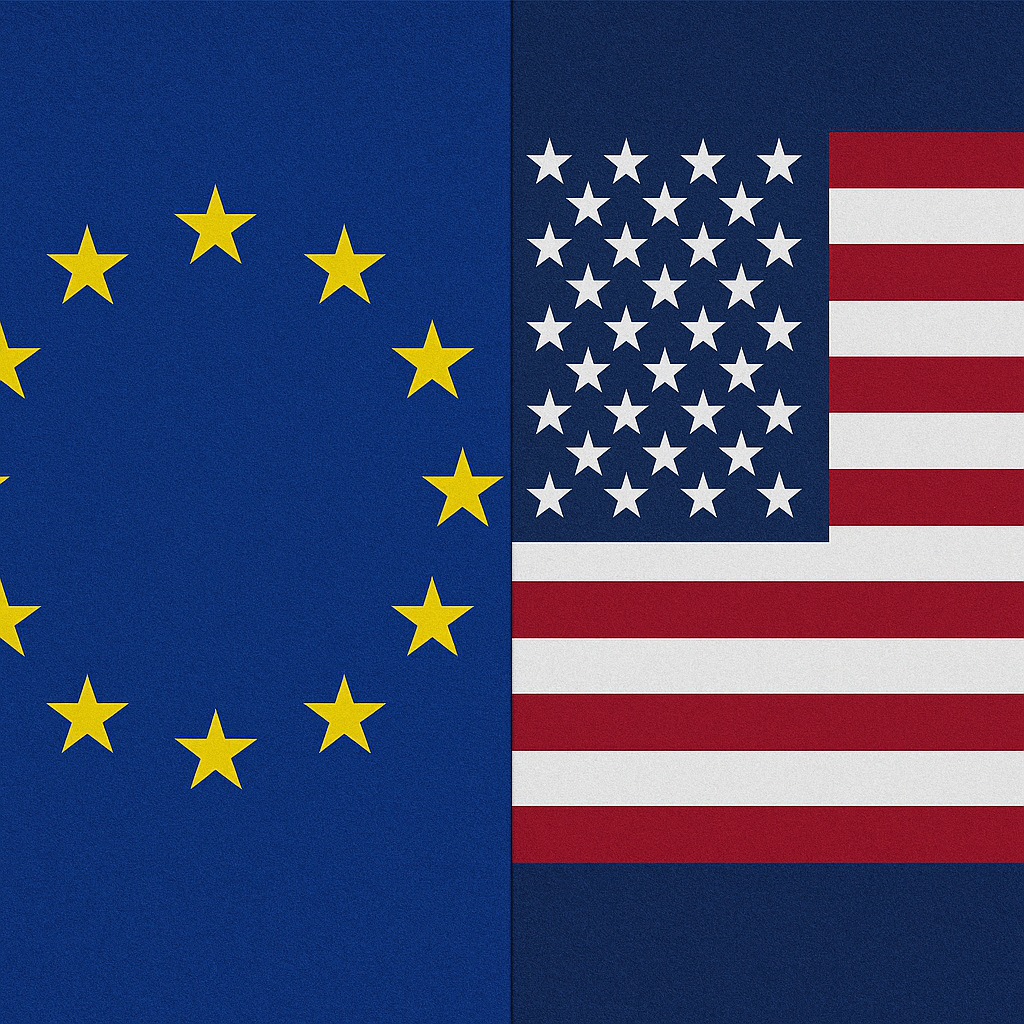
By LatestInEurope Newsroom | May 27, 2025
In a significant move that has temporarily eased transatlantic trade tensions, U.S. President Donald Trump has extended the deadline for imposing a 50% tariff on European Union imports. The tariff, initially scheduled to take effect on June 1, 2025, has now been postponed until July 9, 2025, following what Trump described as a “very nice talk” with European Commission President Ursula von der Leyen.
The delay was confirmed by White House trade officials late Monday evening, after von der Leyen requested more time for substantive negotiations to avoid economic disruption between the two largest global trading blocs.
Background
The proposed tariffs were part of a broader strategy by the Trump administration to address what it claims are “unfair trade practices” by the EU, particularly in the automotive, agriculture, and luxury goods sectors. European leaders, however, warned that the tariffs could trigger a full-scale trade war, further straining the already fragile post-pandemic recovery in Europe.
EU Response
A spokesperson for the European Commission welcomed the delay, stating, “We appreciate President Trump’s willingness to continue dialogue. We remain committed to resolving our trade differences through constructive engagement and mutual respect.”
European business leaders, especially in the automotive and wine industries, expressed relief. Many had feared massive revenue losses if the tariffs were implemented as planned.
Global Impact
Financial markets responded positively, with the euro strengthening slightly against the U.S. dollar and European stock indexes rebounding in early morning trading. Analysts believe the extension gives both sides a narrow window to avoid escalation and reach a new trade agreement.
What’s Next?
Negotiations are expected to resume immediately, with high-level meetings planned in Brussels and Washington over the next two weeks. Both sides are under pressure to strike a deal before the new July deadline.
While the delay has bought some breathing room, the threat of a trade clash still looms — and much will depend on whether the EU and U.S. can find common ground on their economic priorities.
